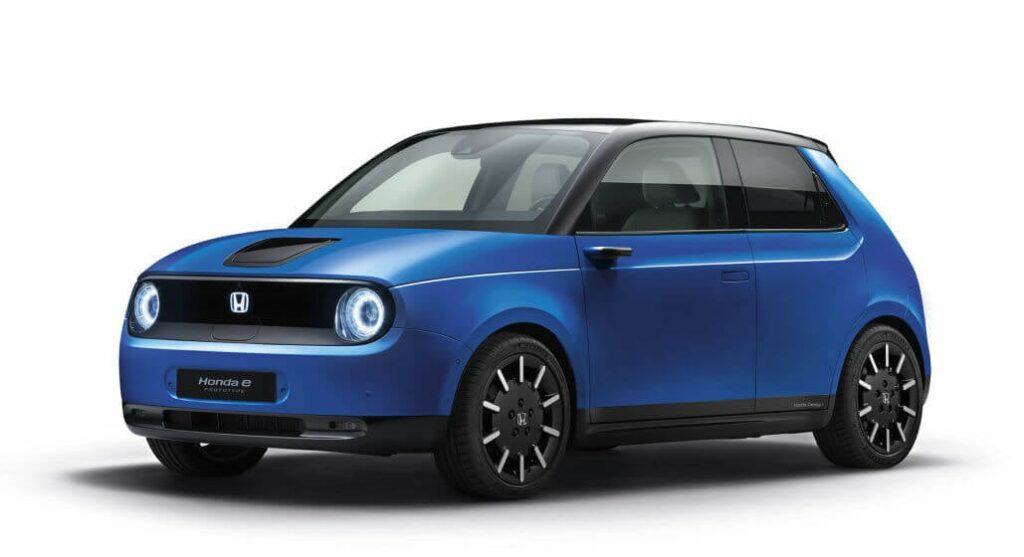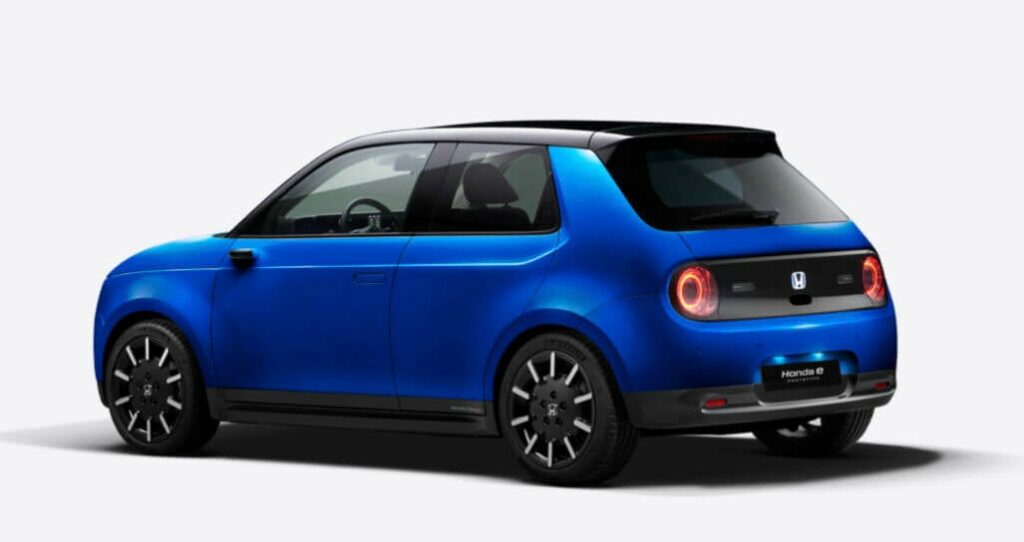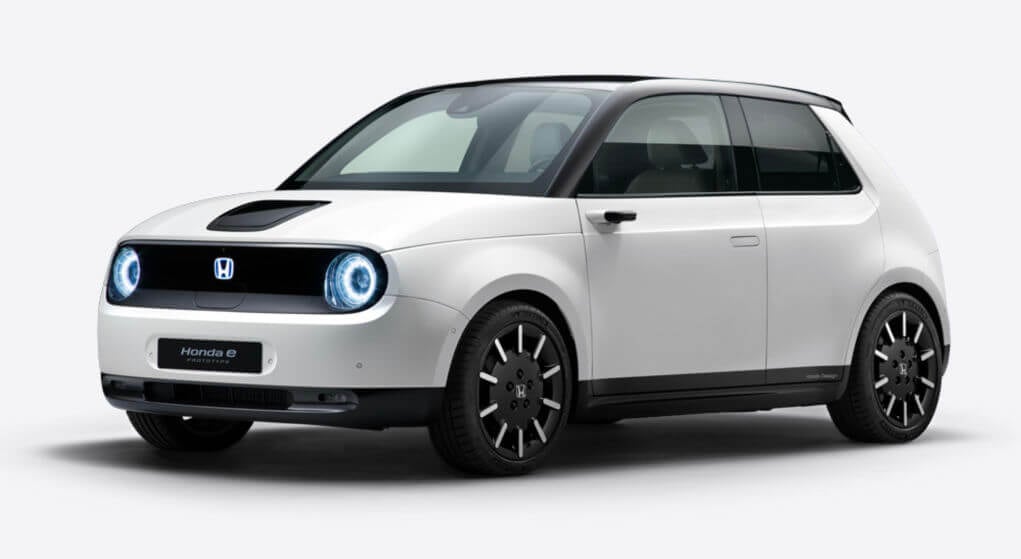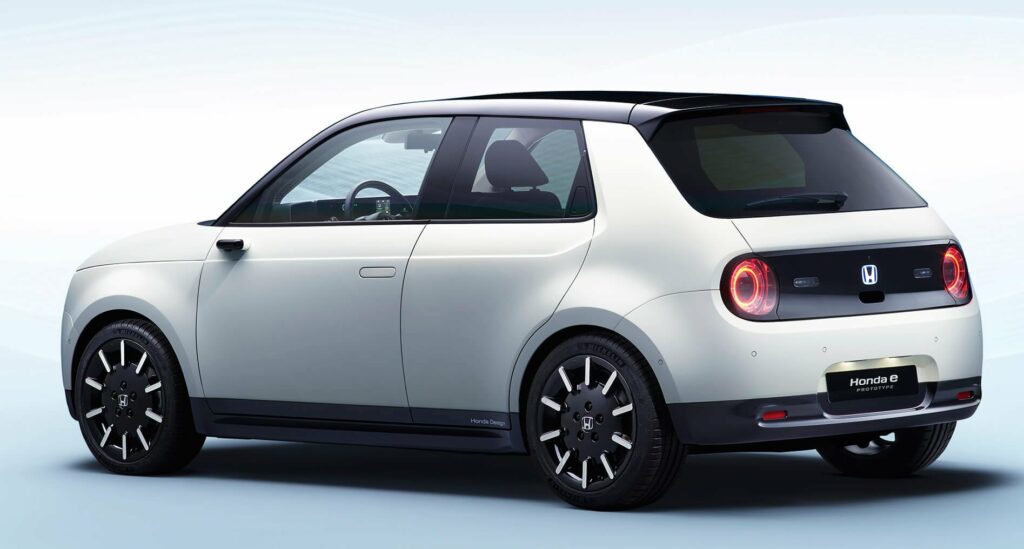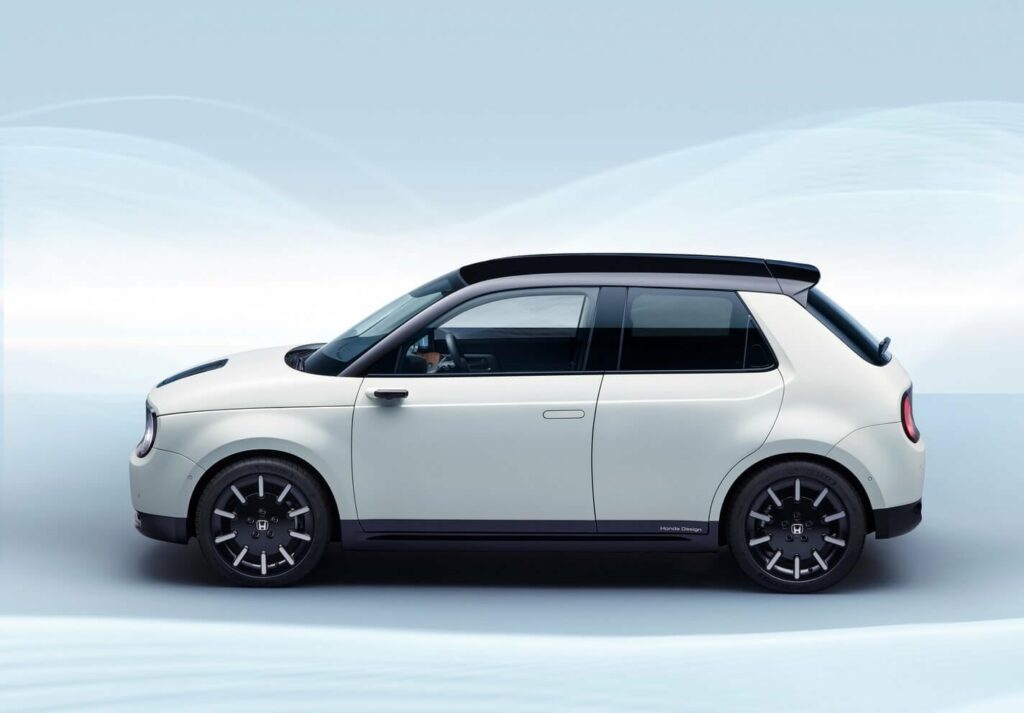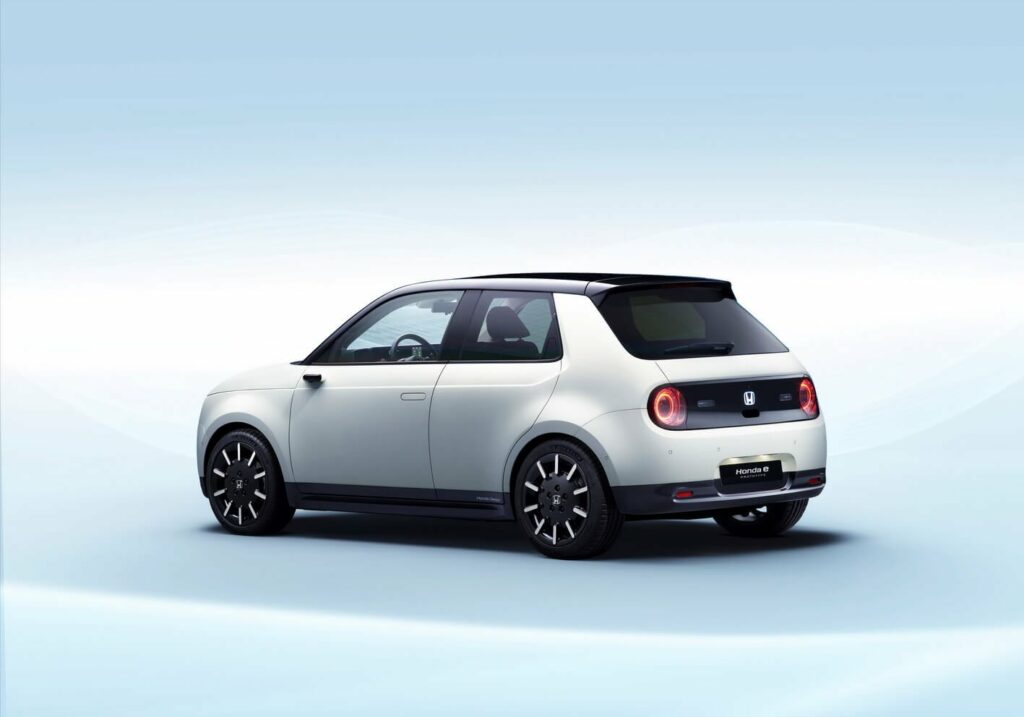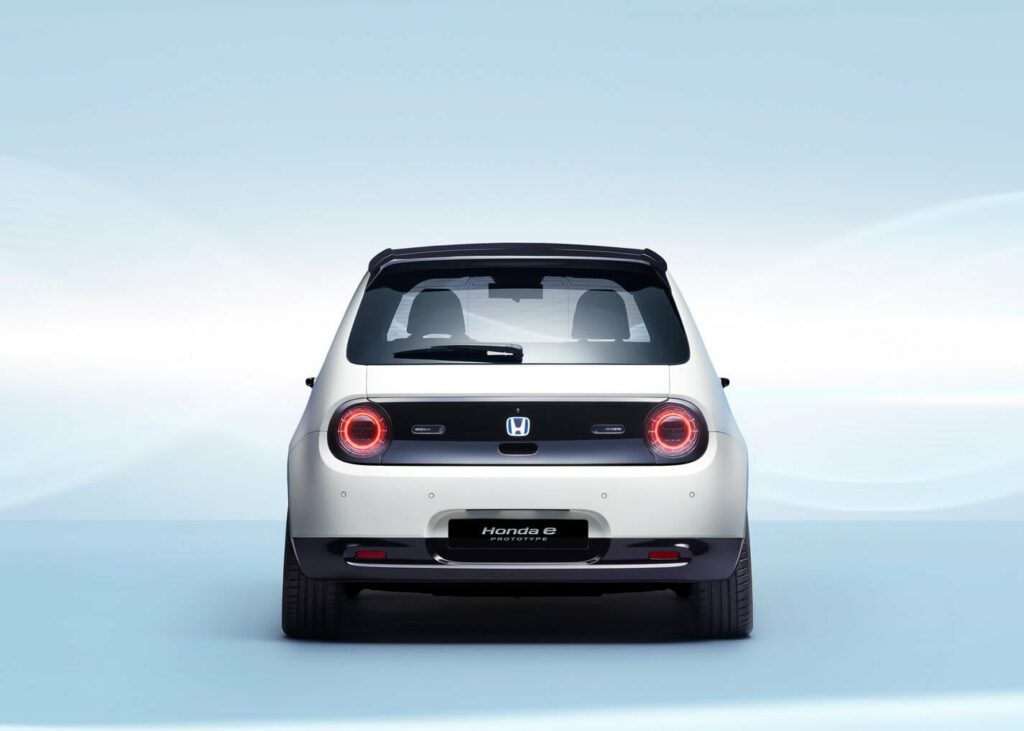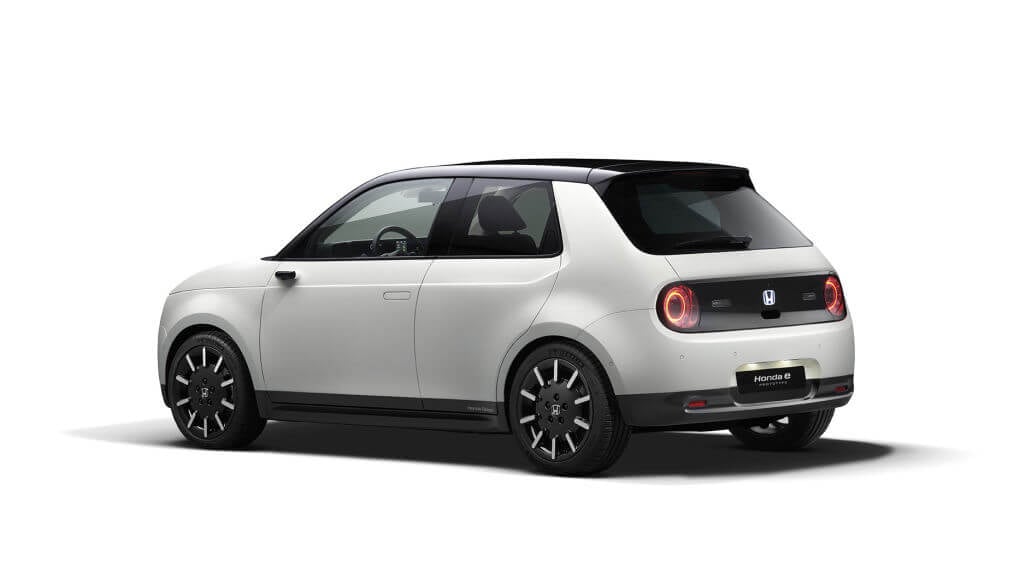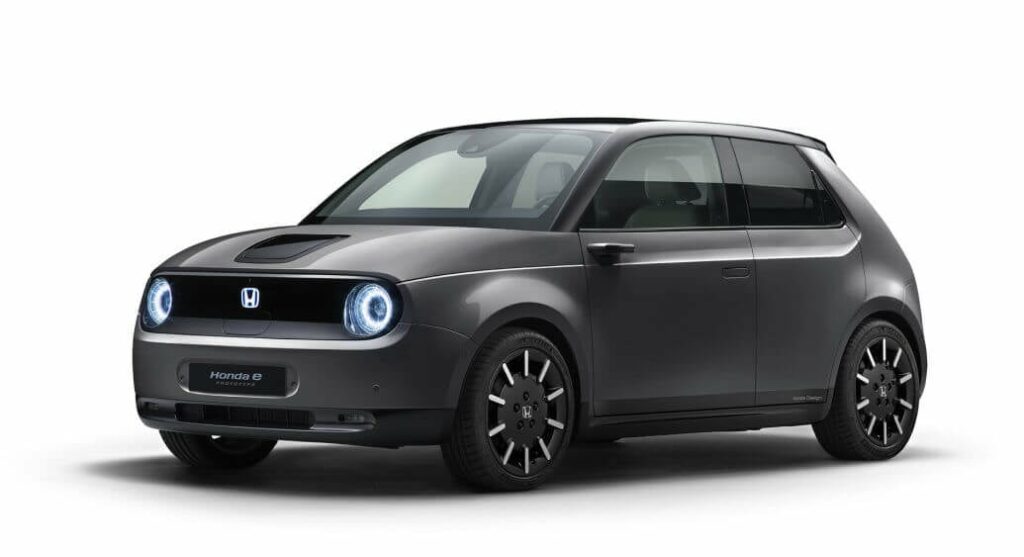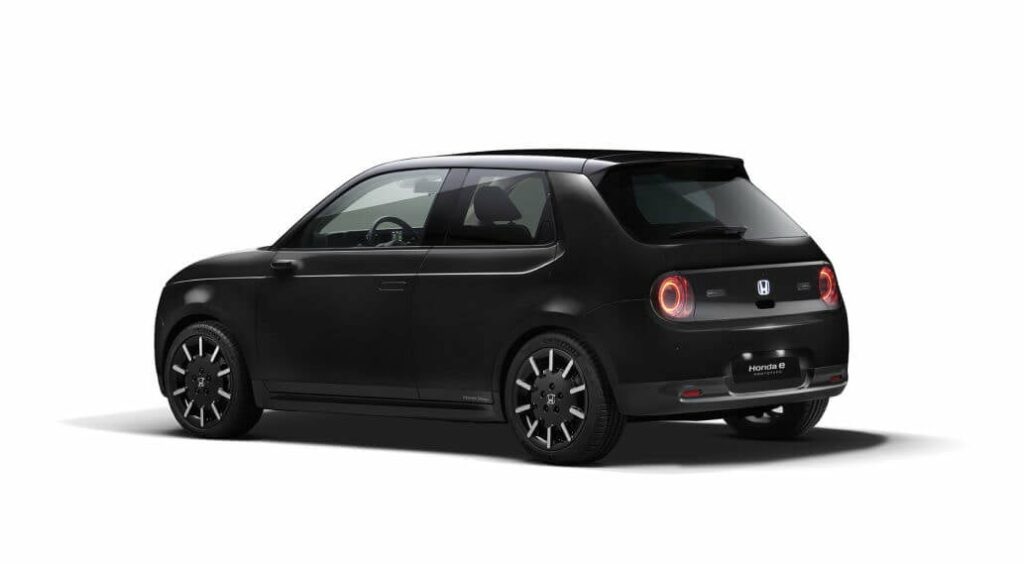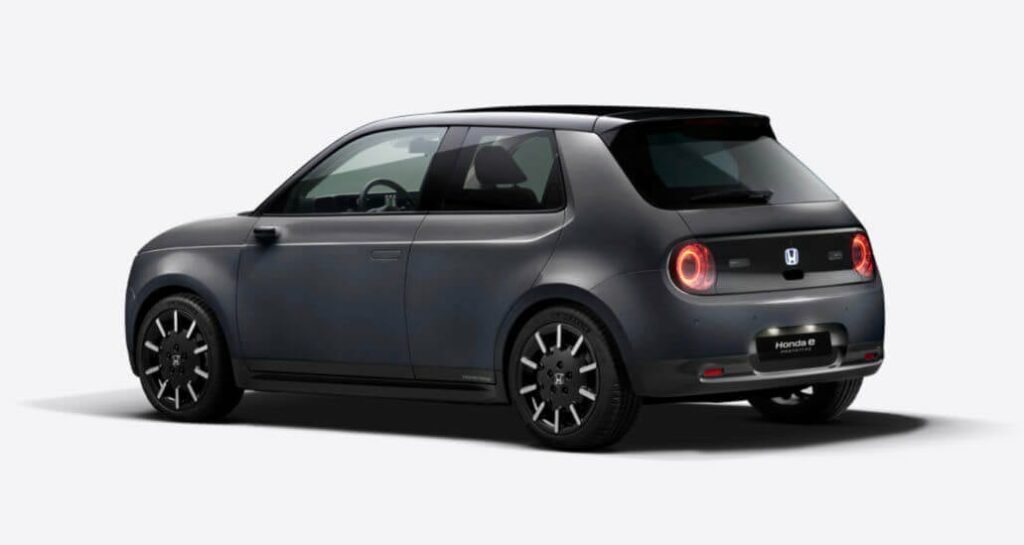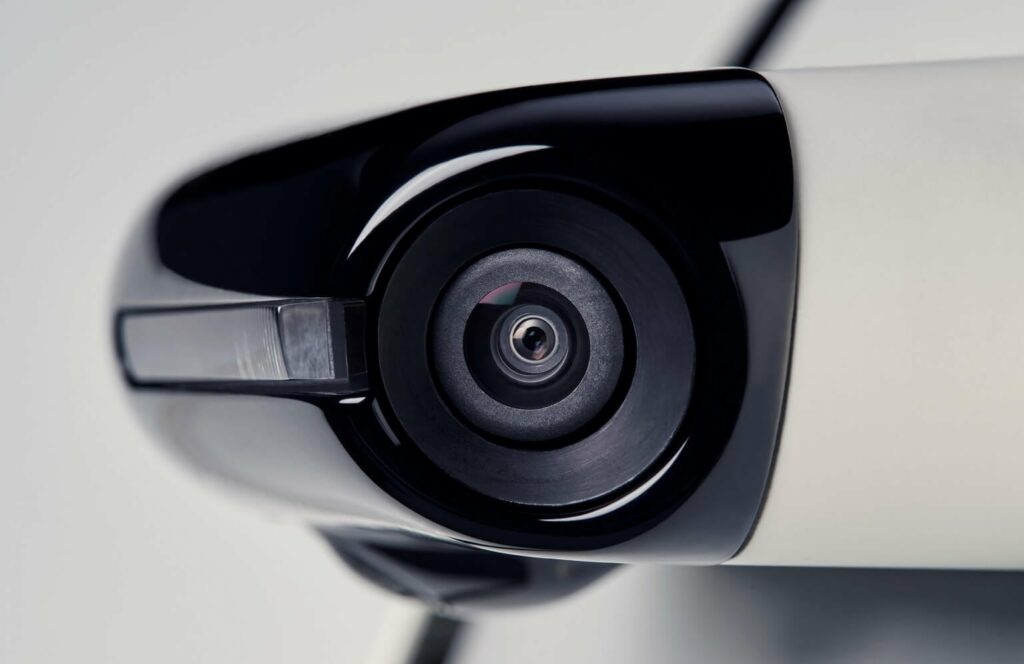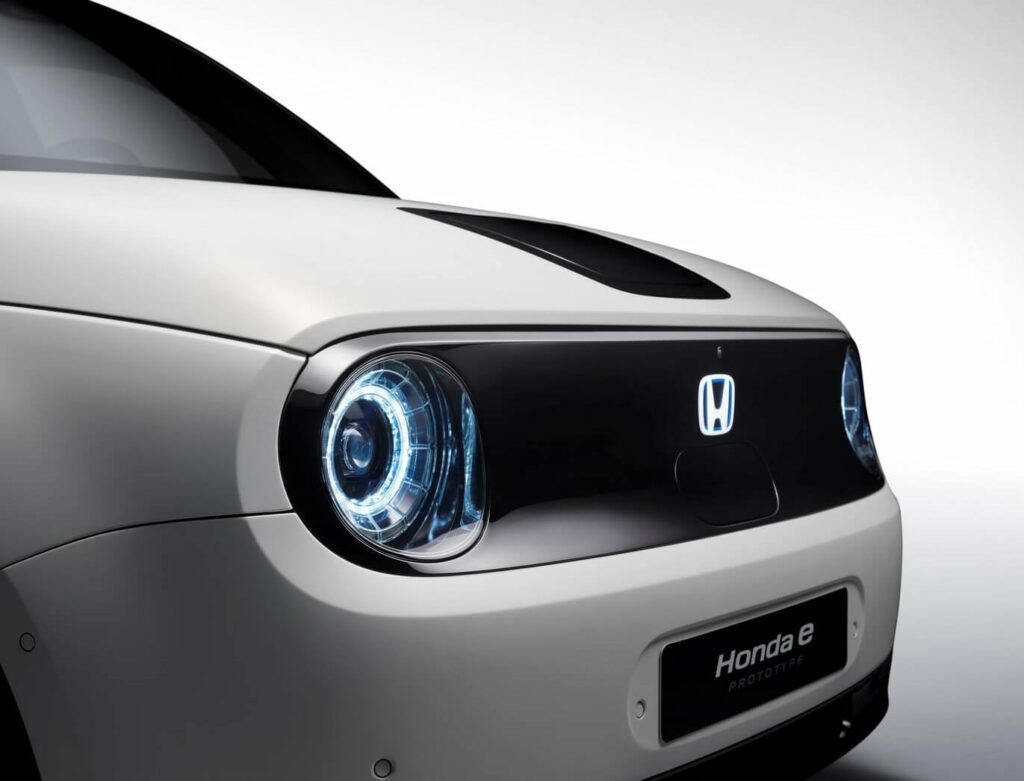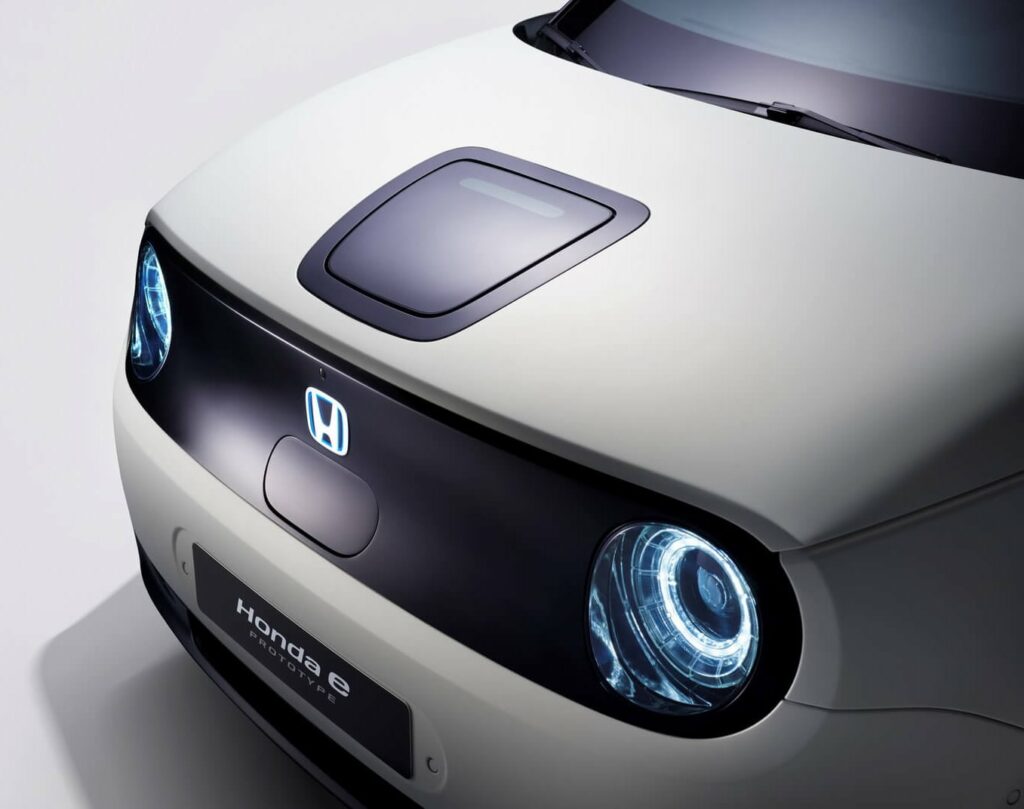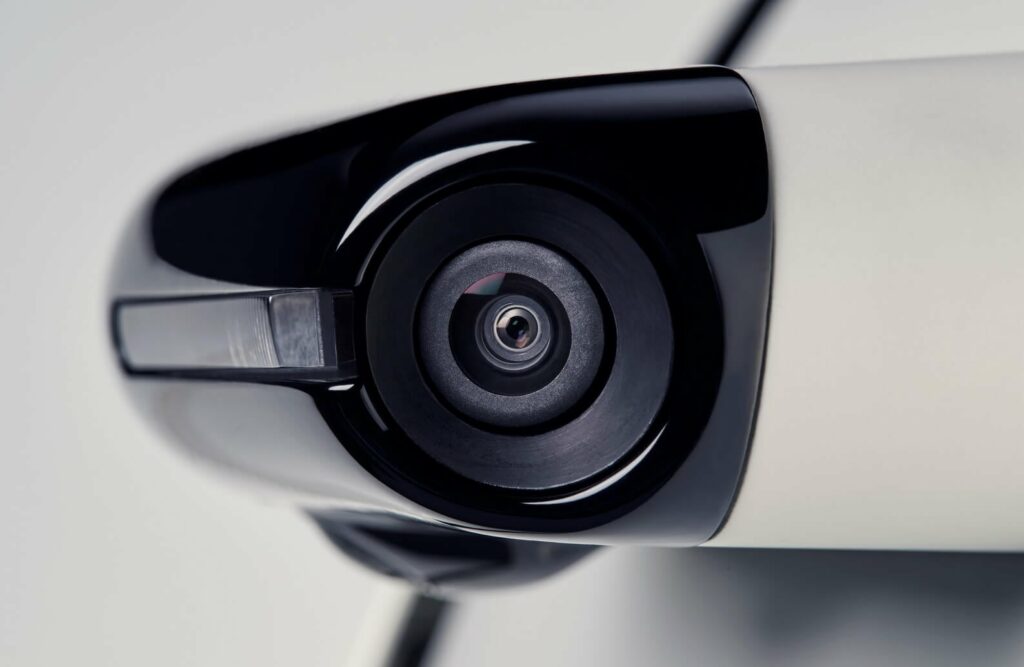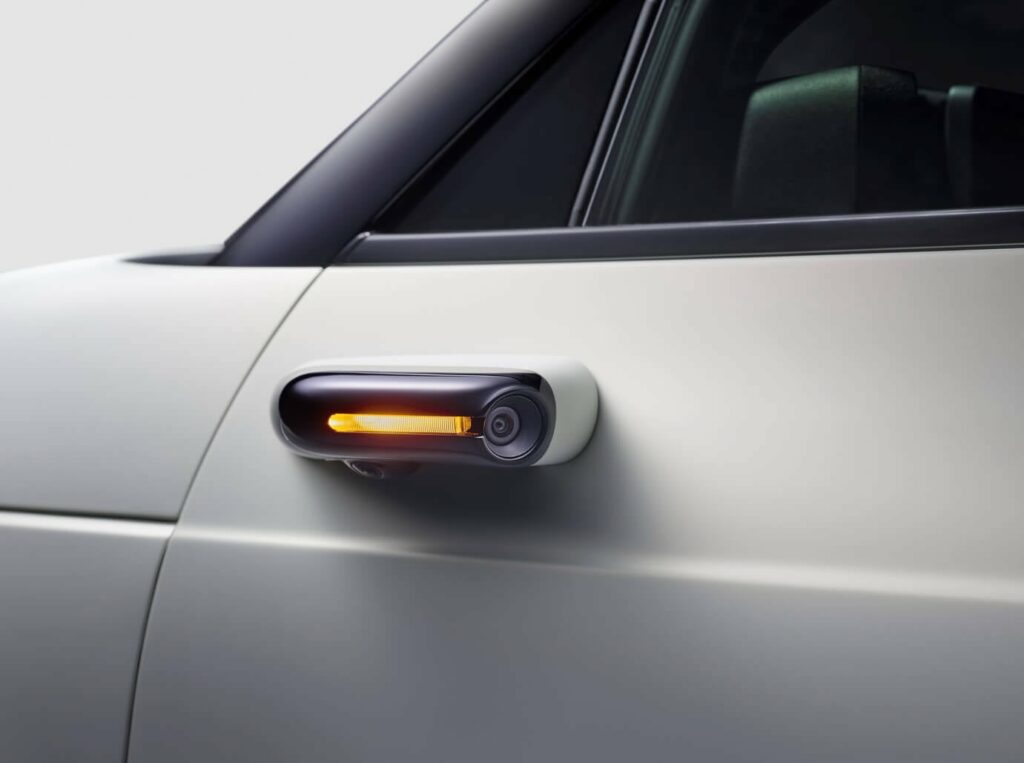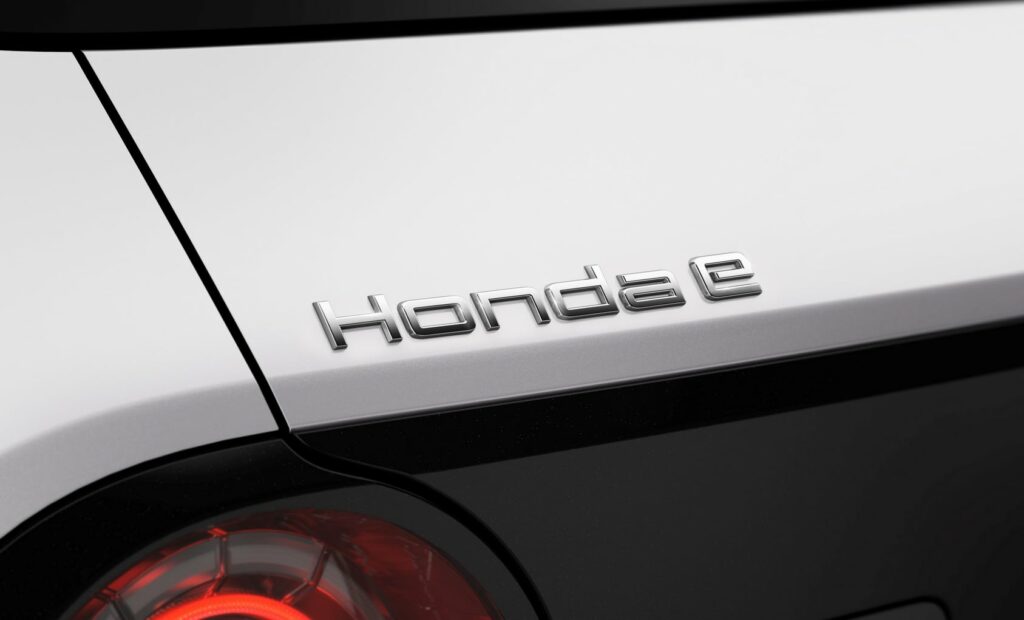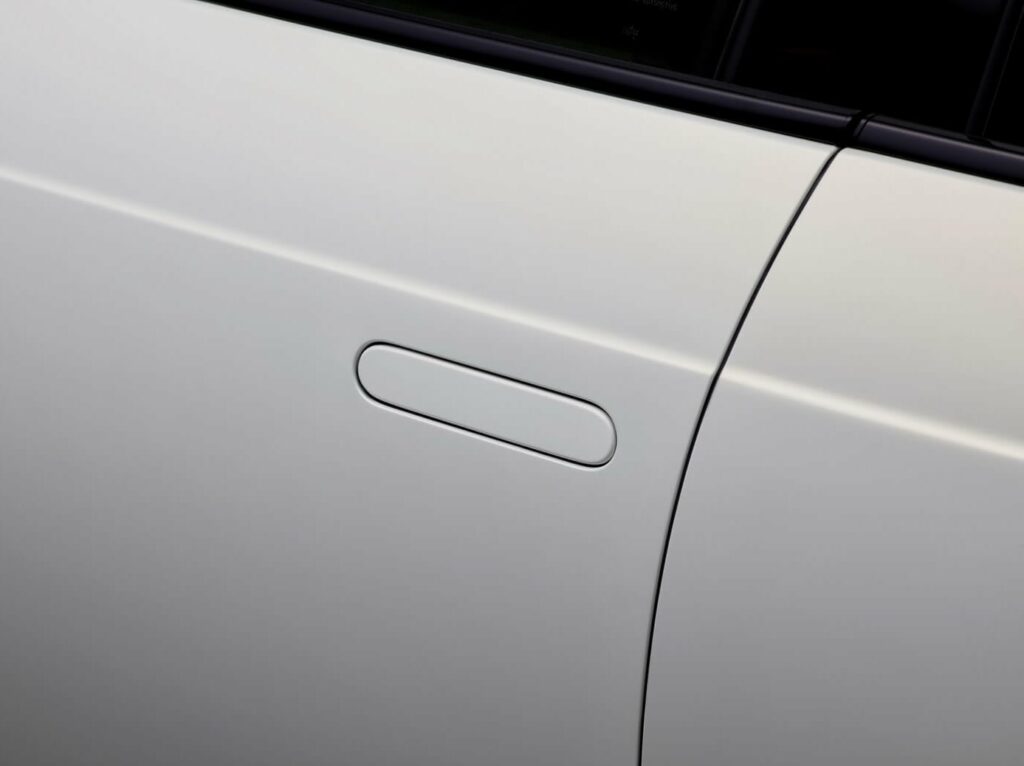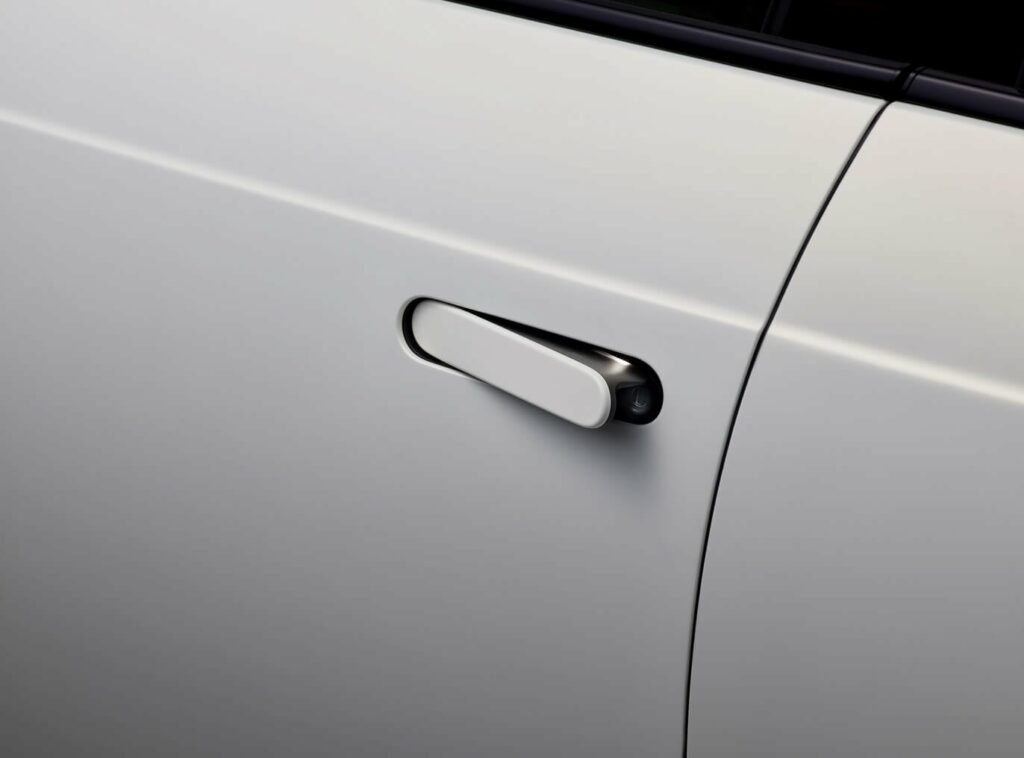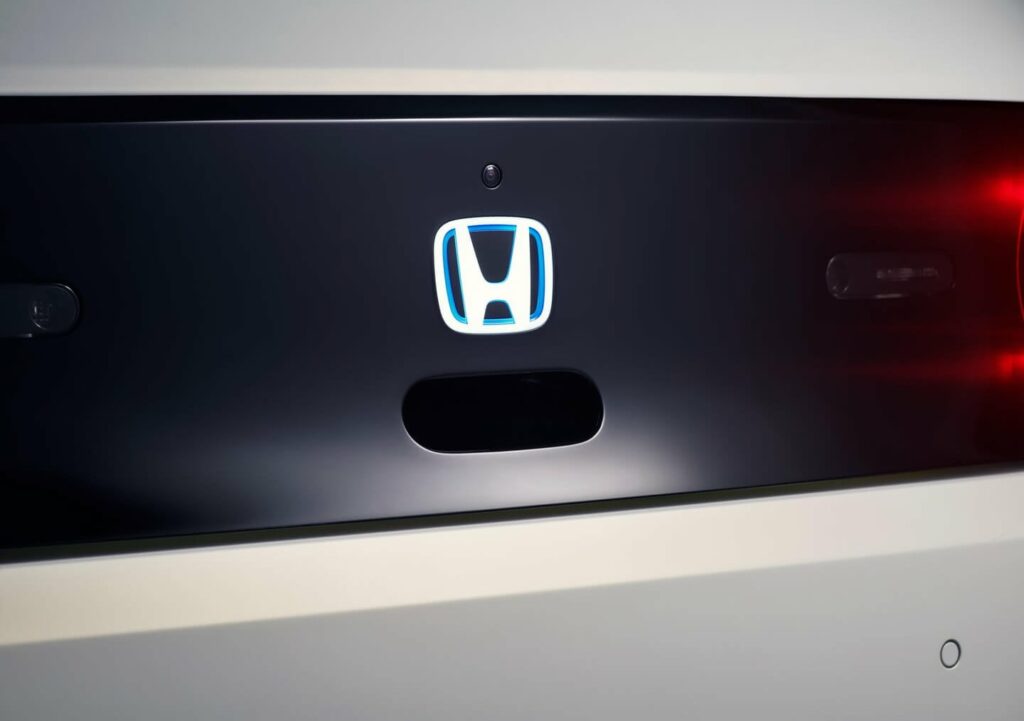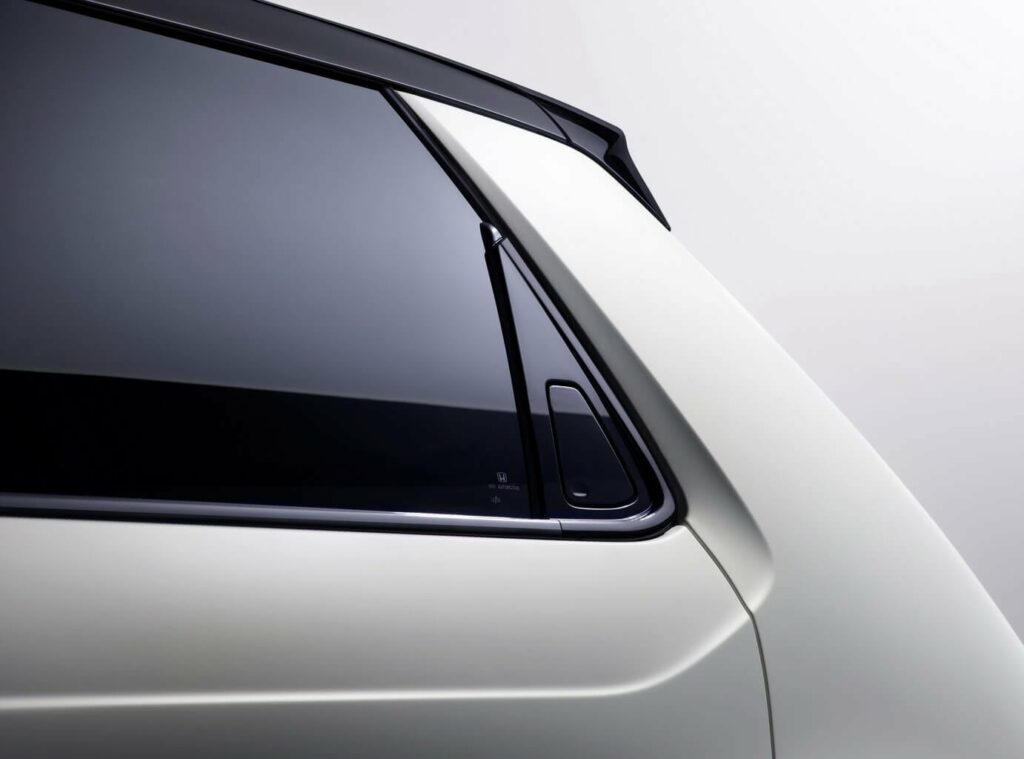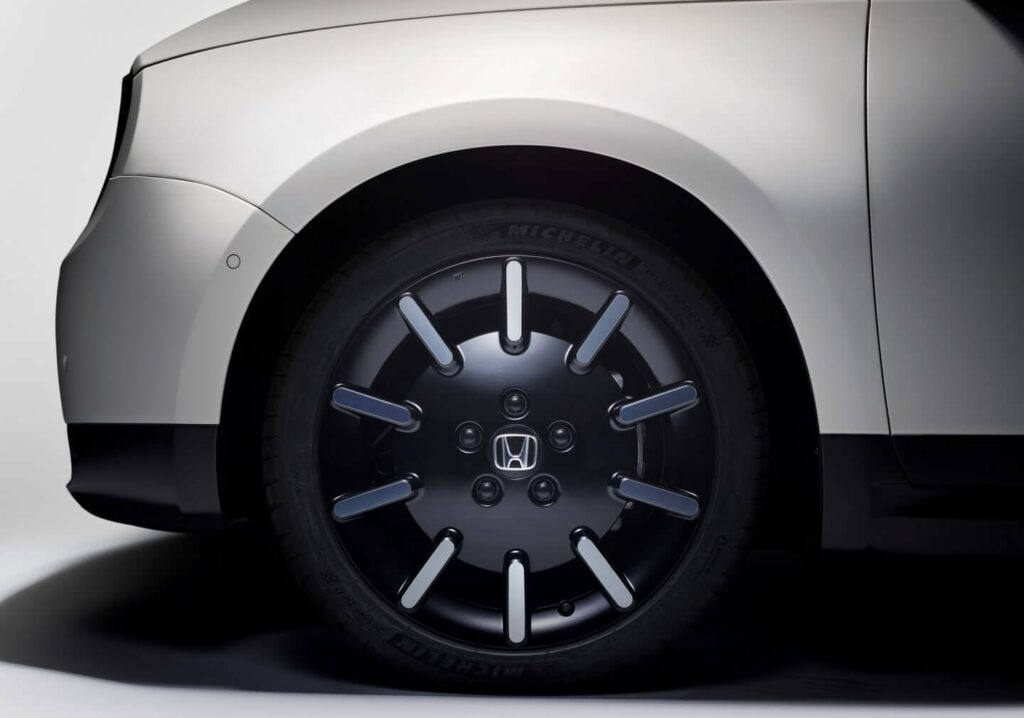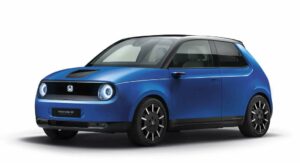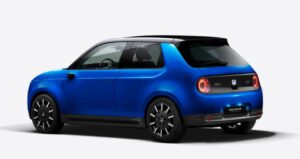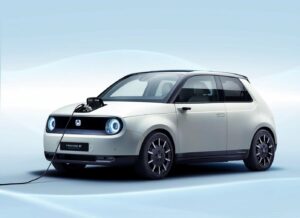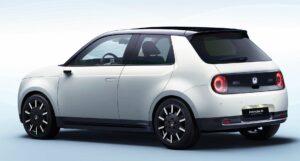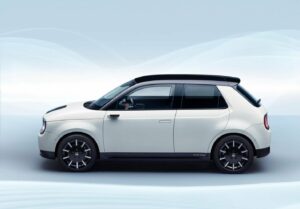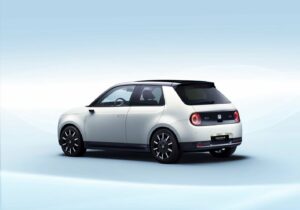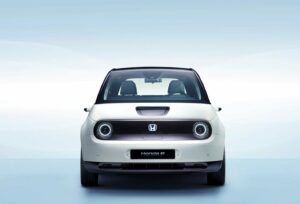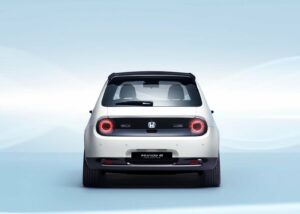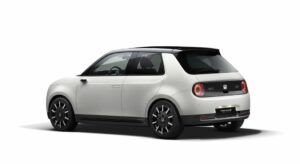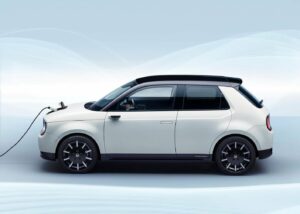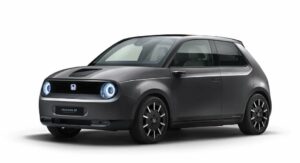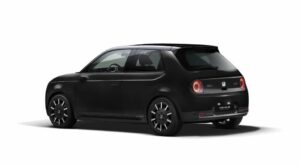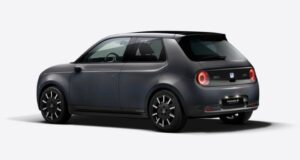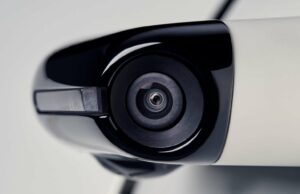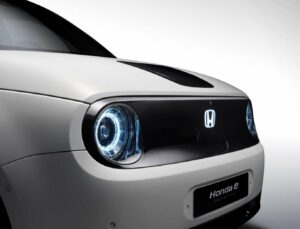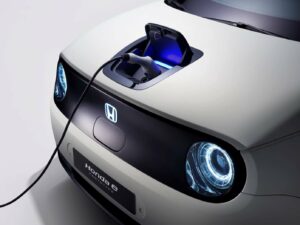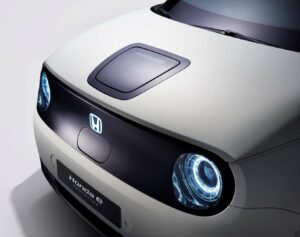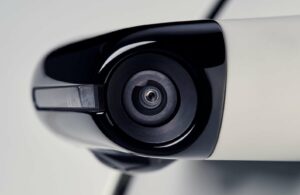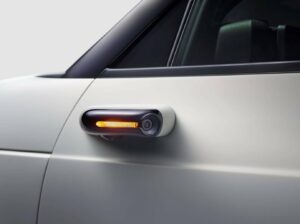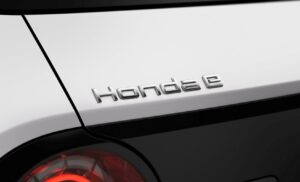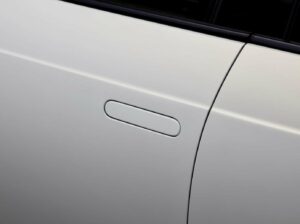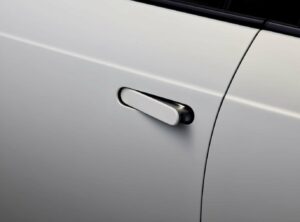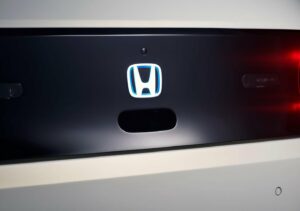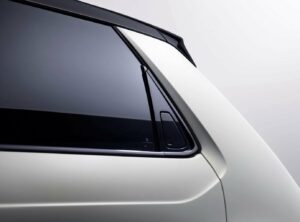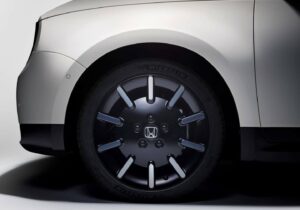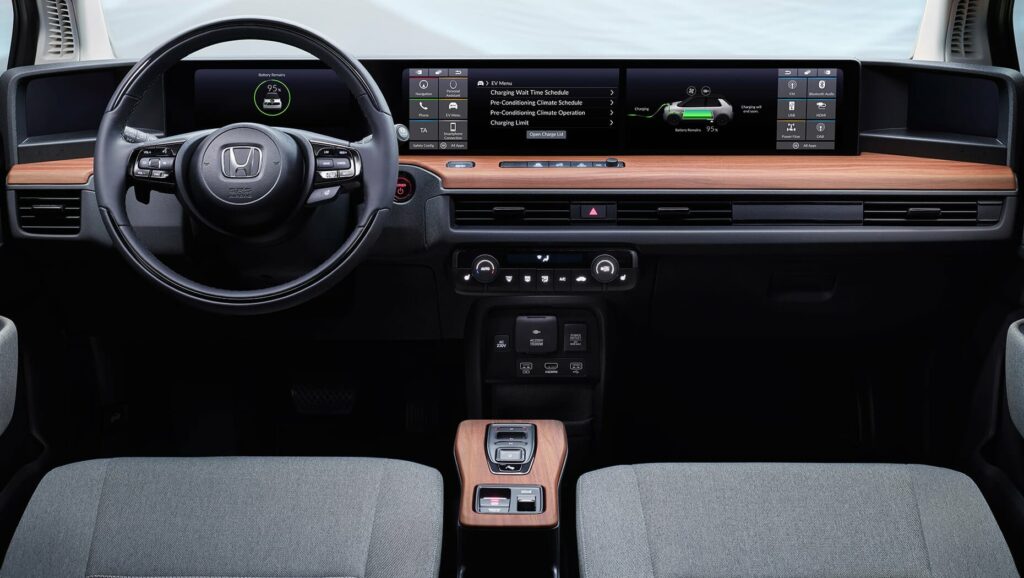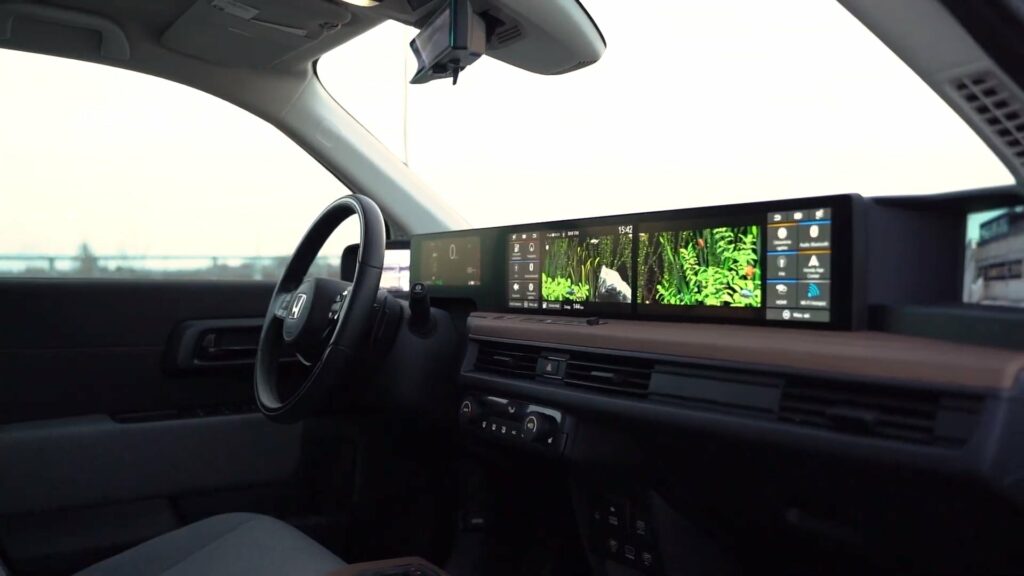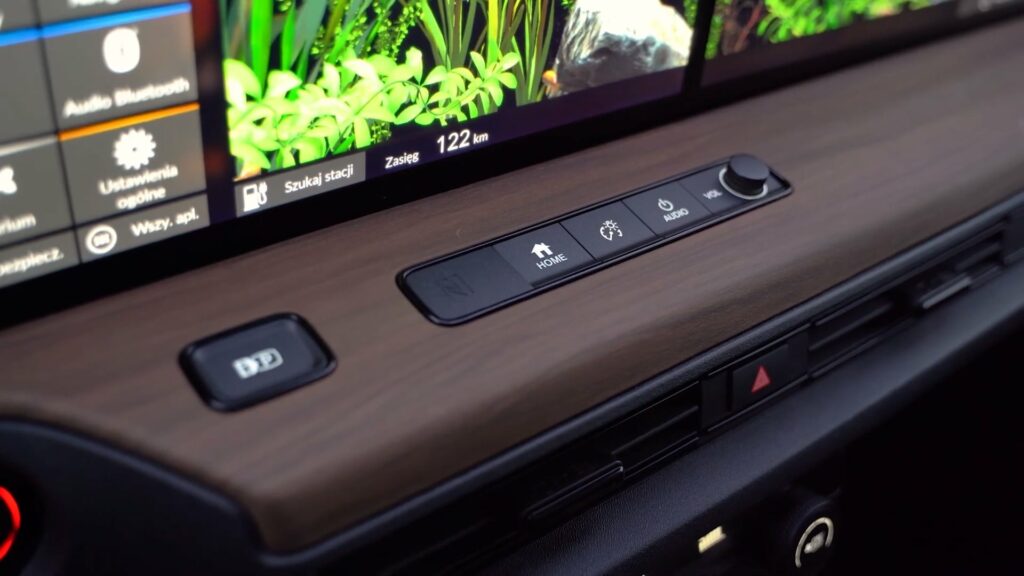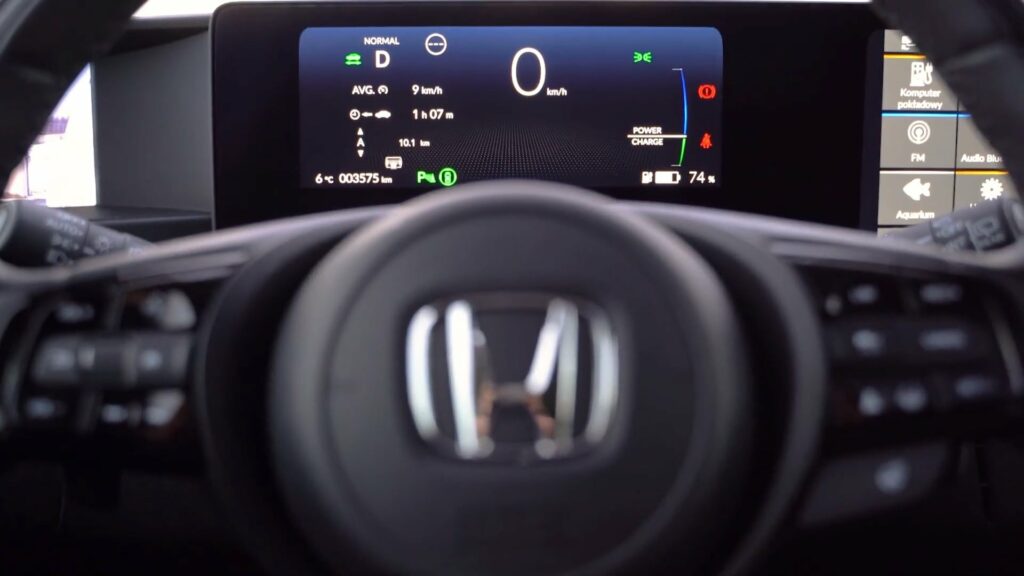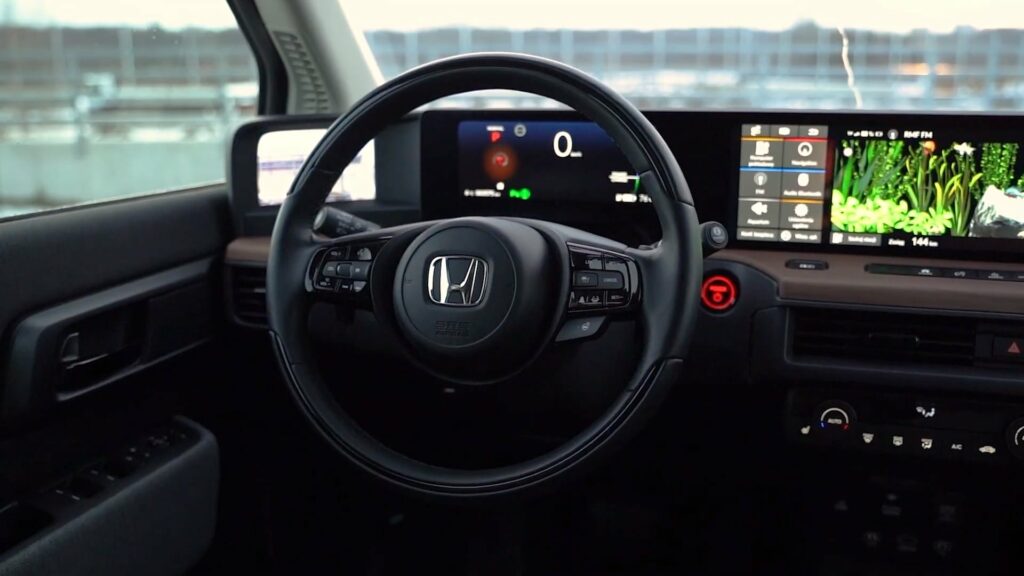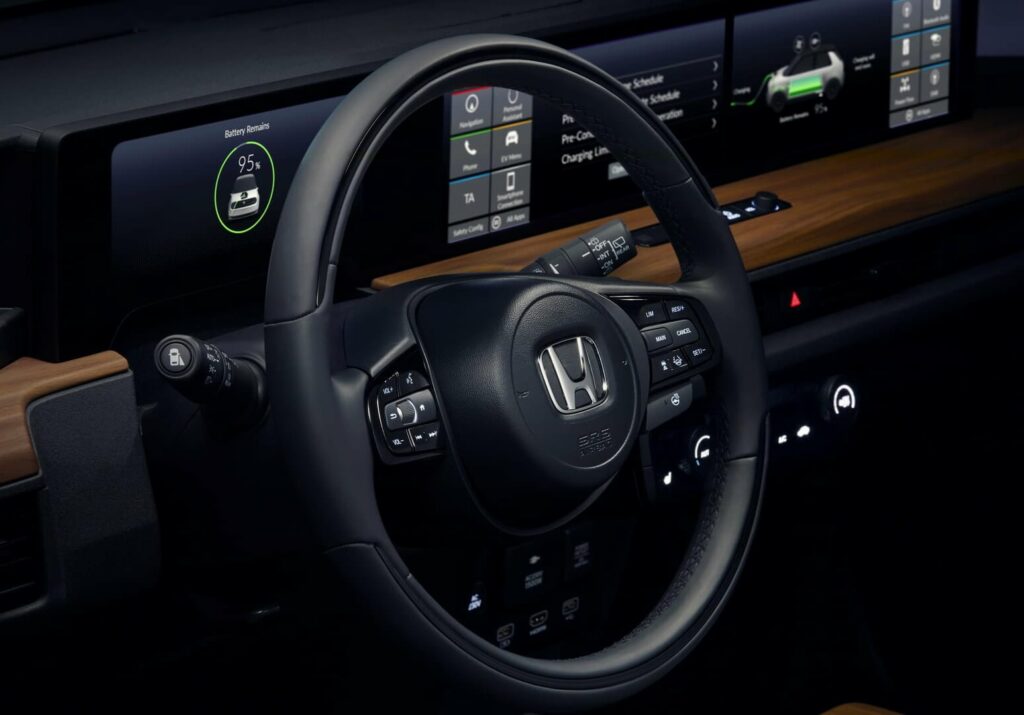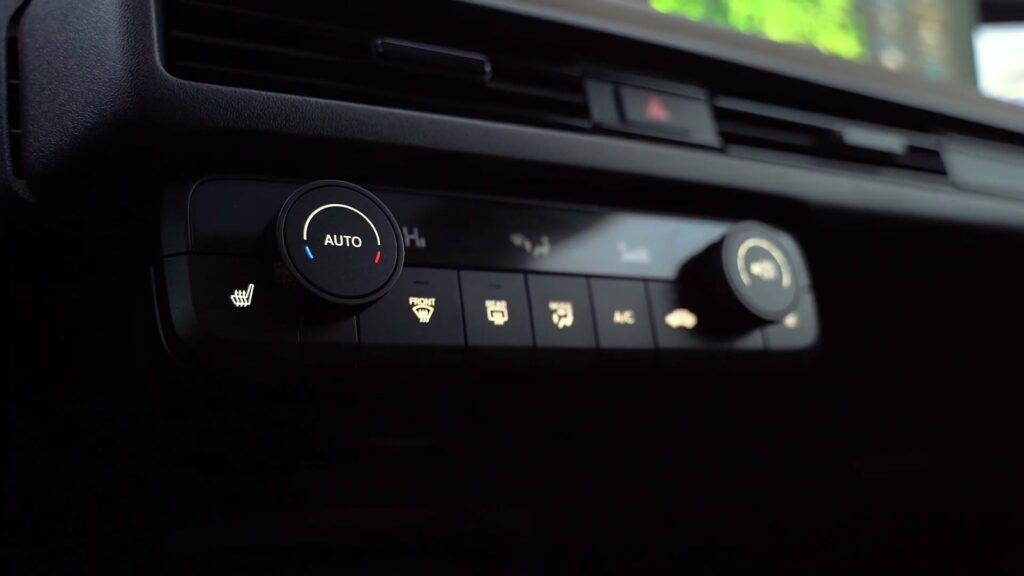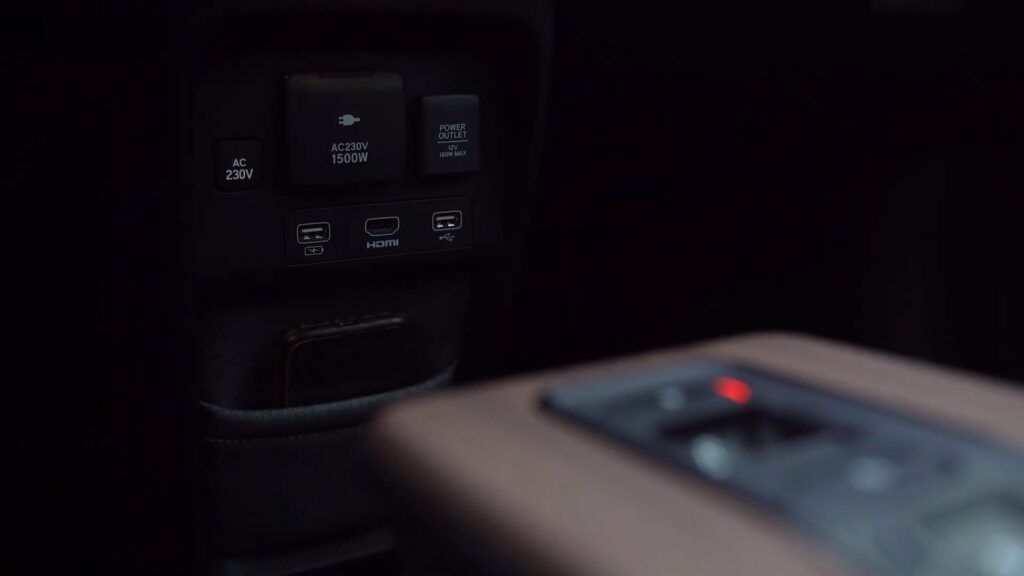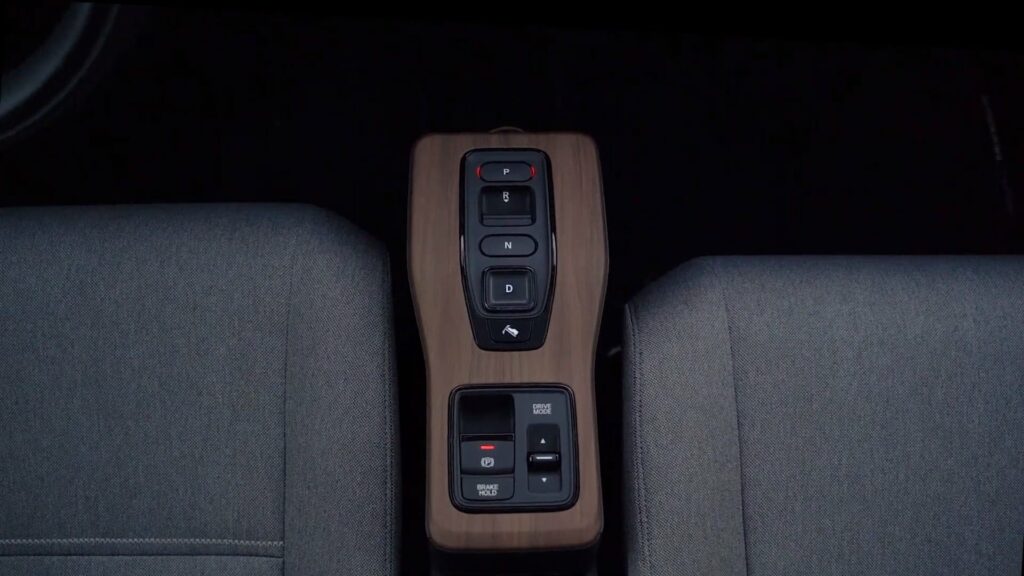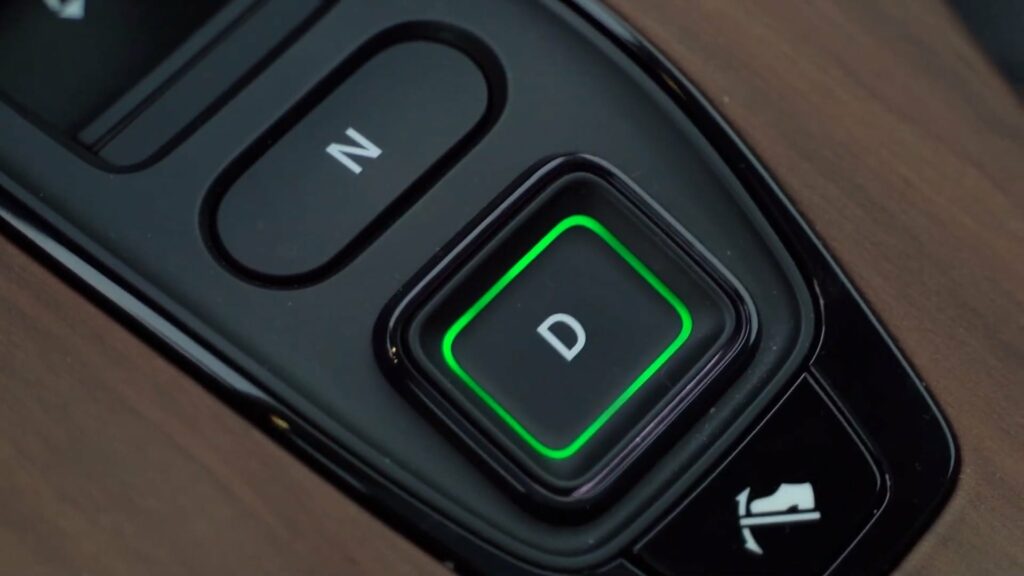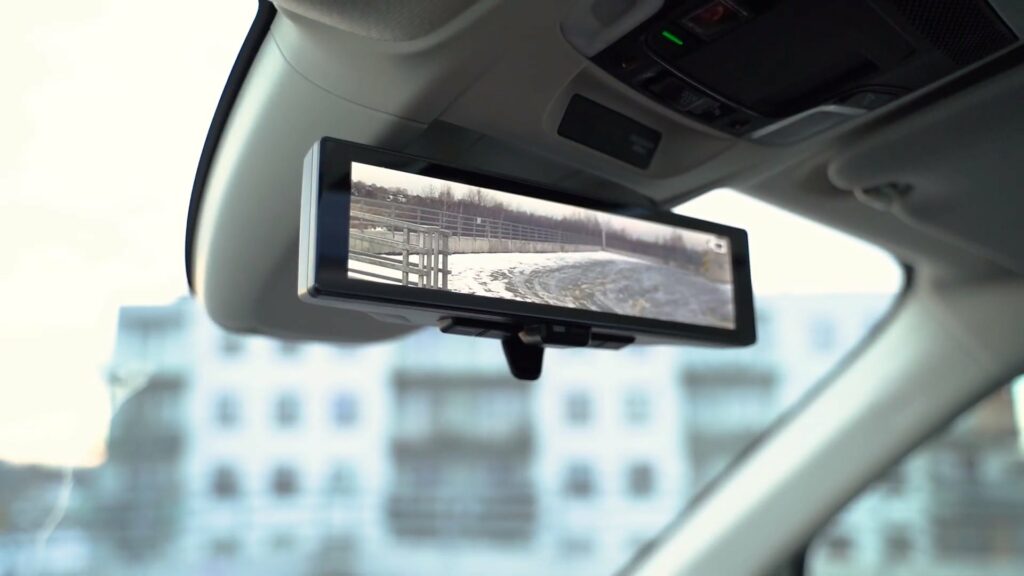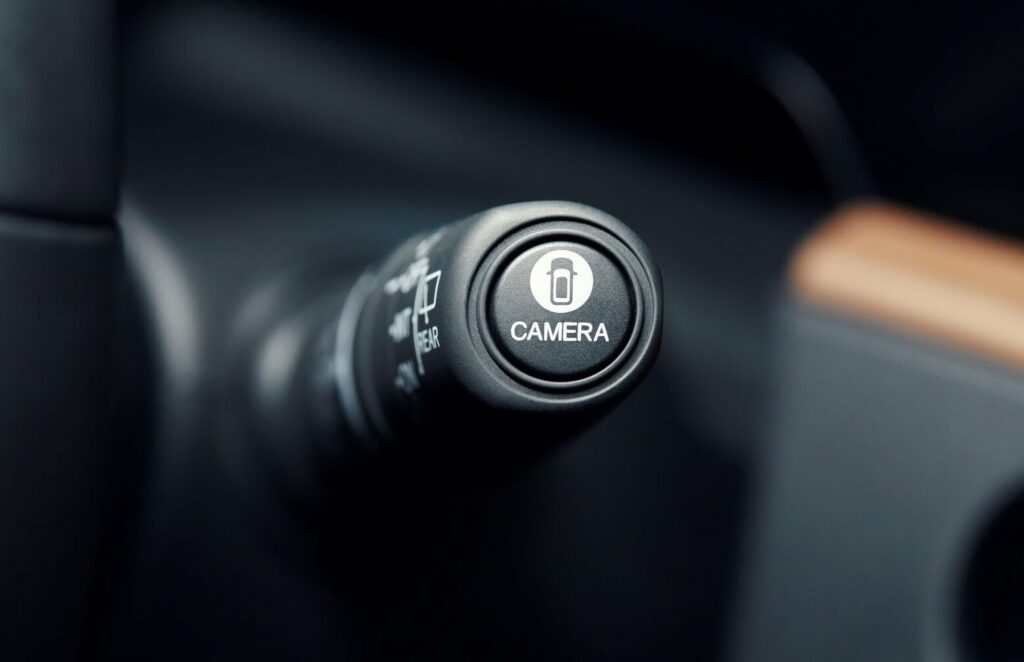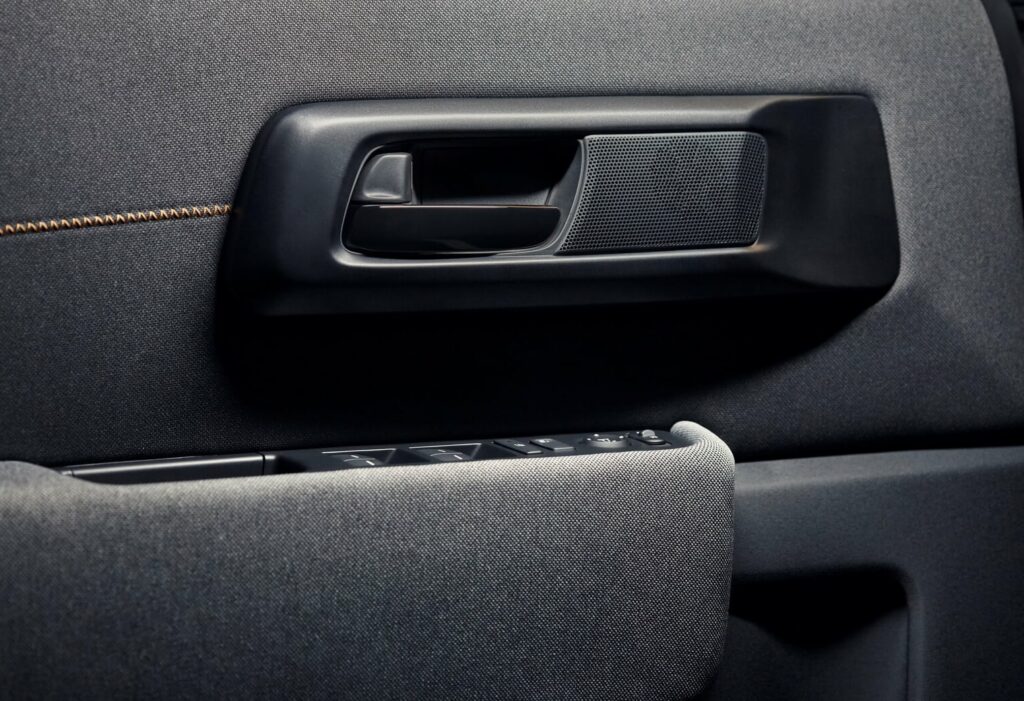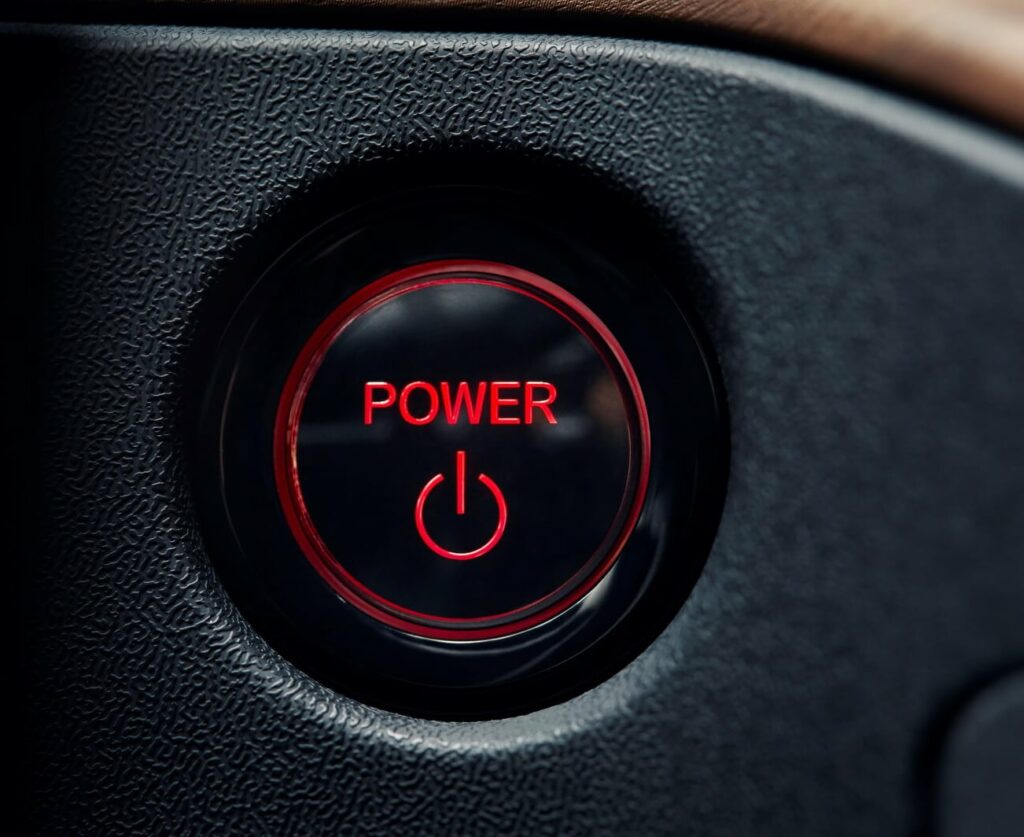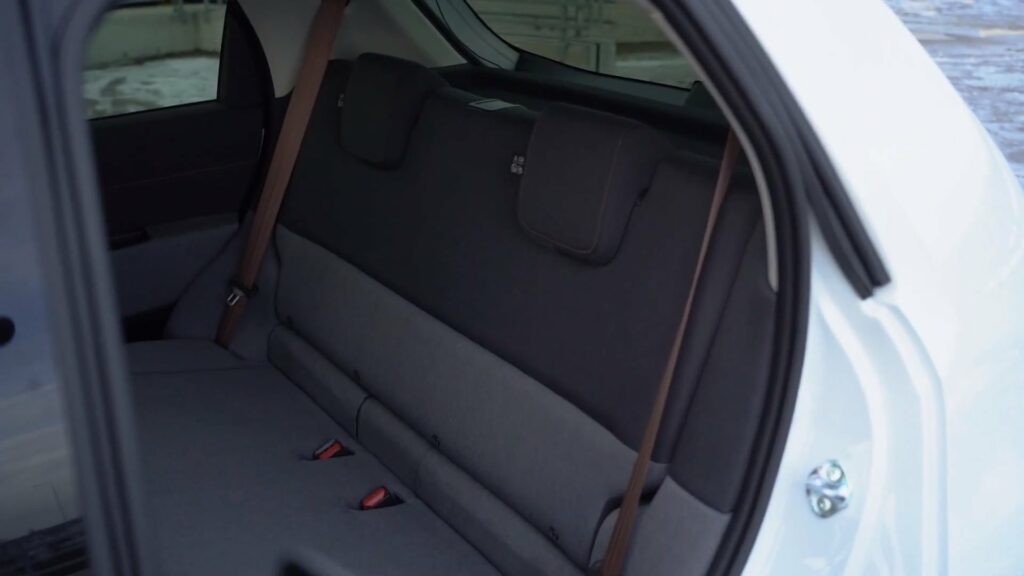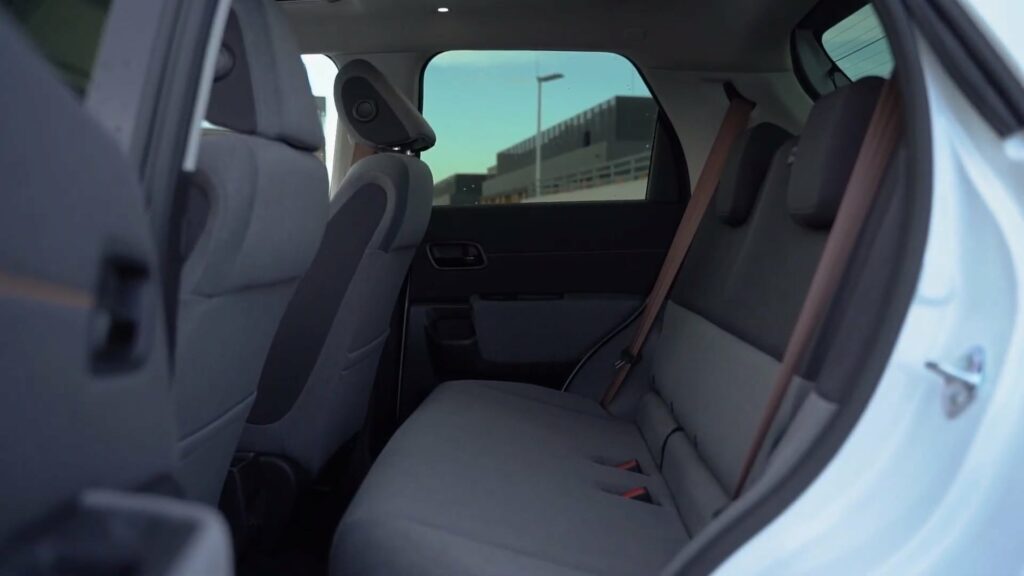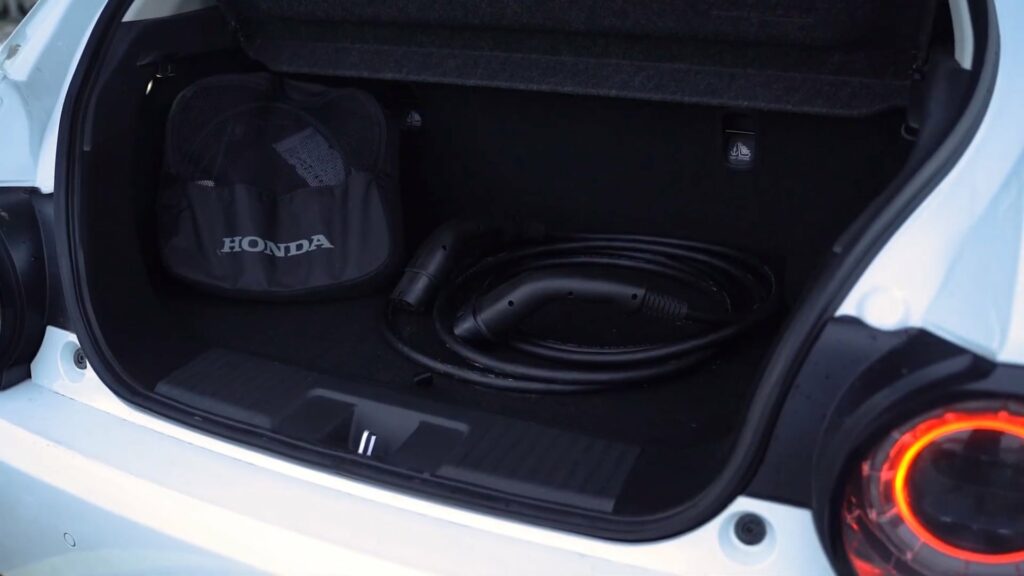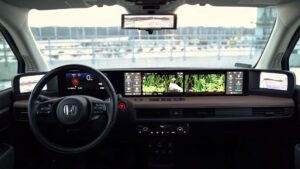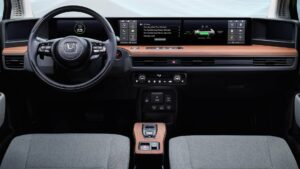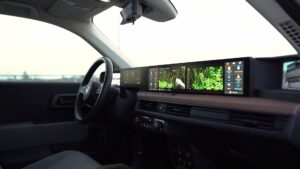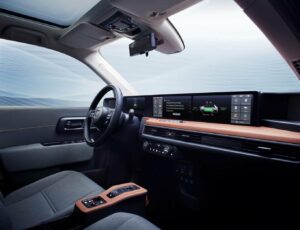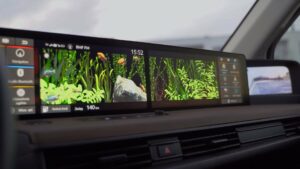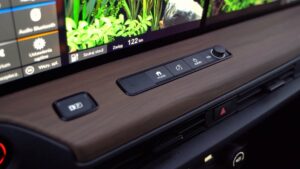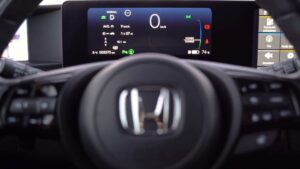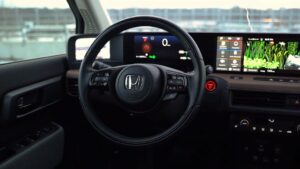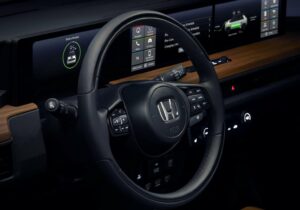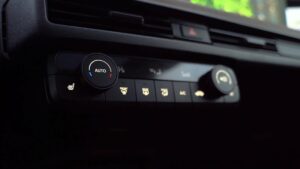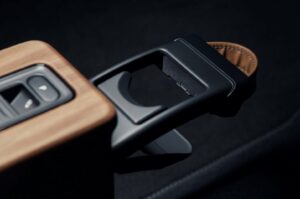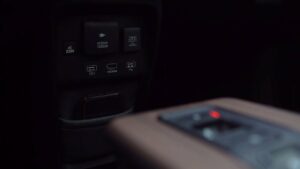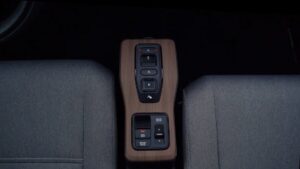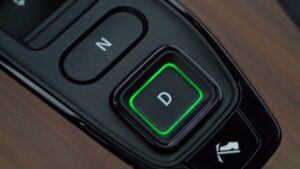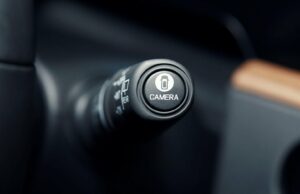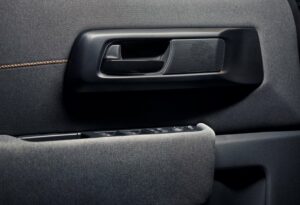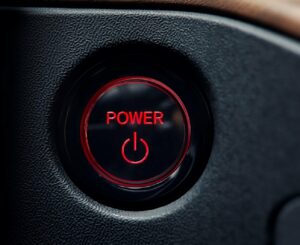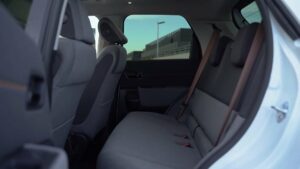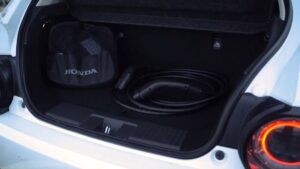Honda e
The Honda E is a compact hatchback electric car from a famous Japanese manufacturer. This is the company’s first electric car in its class, which was developed from scratch. The production car made its debut in 2019 at the Geneva Motor Show. When creating the electric car, engineers decided to use exclusively a new platform, minimally standardized with other models.
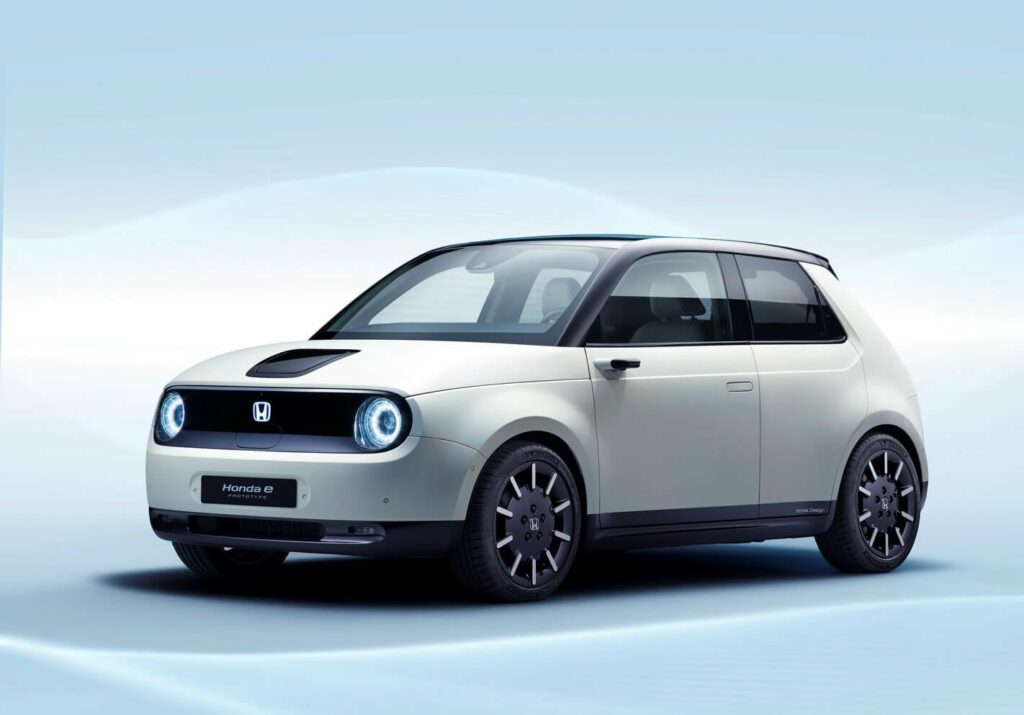
Among the strengths of the car should be noted the originality of design, a large choice of colors of the body, the possibility of fast charging, and integration with mobile devices. The powertrain of the model is based on an electric motor. The manufacturer offers a choice of two versions of the car with different capacity motors: 136 and 154 horsepower. The torque is the same – 315 Nm. Mileage on a single charge is 220 kilometers. To accelerate from 0 to 100 km/h, the driver needs 7.8 seconds. The car is also equipped with a liquid-cooled lithium-ion battery with a capacity of 35.5 kW⋅h. It is located at the bottom of the electric car. The electric car can be charged in several ways: using a Type2 AC connector or using a 100 kW fast charger. By choosing the second option, it is possible to reach eighty percent in just 30 minutes. With the charging port, which is located in the hood of the electric car, it is easy to know the state of charge of the battery.

This model can really be called innovative. There is a large number of touch screens, providing comfortable control. The car is equipped with a multimedia system, using which you can listen to music, go to pages in social networks, determine the location, and in general use the Internet. The driver also has an artificial intelligence system at his disposal, which helps while driving and performs various voice commands of the driver. In addition, it is possible to use the electric car remotely. For this purpose, programmers have developed a special mobile application. With its help, the driver will learn about the state of the battery charge and will control the climate system.
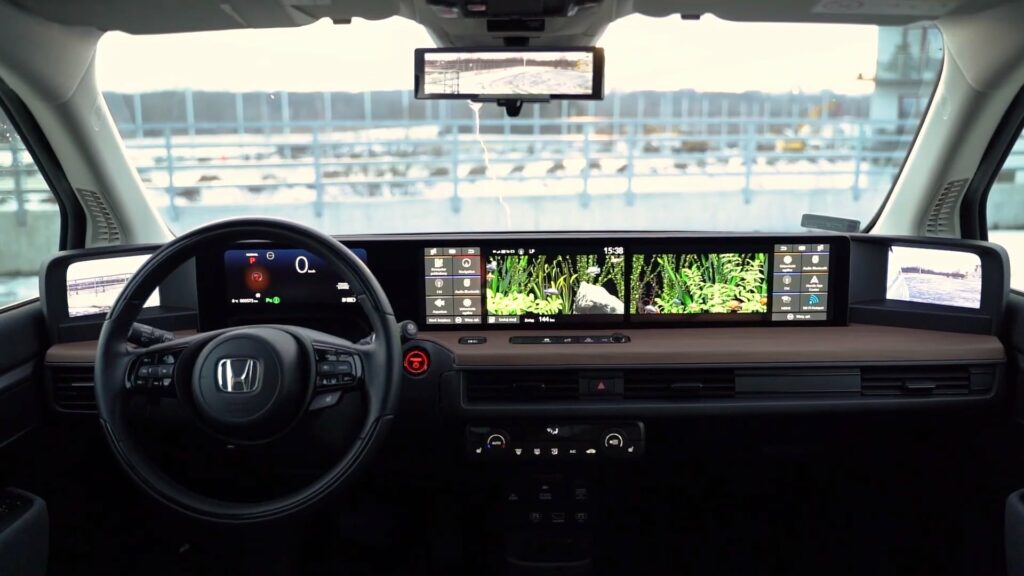
The electric car is 3985 mm long, 1750 mm wide, and 1495 mm high and is considered quite compact. In total, it seats four people, including the driver. Its wheelbase is 2,500 mm and its weight is 1,400 kilograms. The design of the five-door electric car is styled retro style. The model is equipped with frameless doors and retractable handles, and instead of exterior mirrors, there are rear-view cameras.
The turning radius is 4.3 meters, which allows the car to perform various maneuvers in big city conditions. Lenses installed on the doors do not protrude beyond the car, and there is a hydrophobic coating on their lenses. Thanks to this, visibility has become much better, the degree of aerodynamic drag has been reduced and wind noise has decreased. The images, which are recorded on cameras, can be seen on a six-inch display, which is located on the sides of the front panel. There are two modes on the monitors: standard and widescreen. If compared with usual mirrors, in the first one the blind spot is reduced by 10%, and in the second one – by 50%. At the same time, the brightness level of the pictures is set automatically.
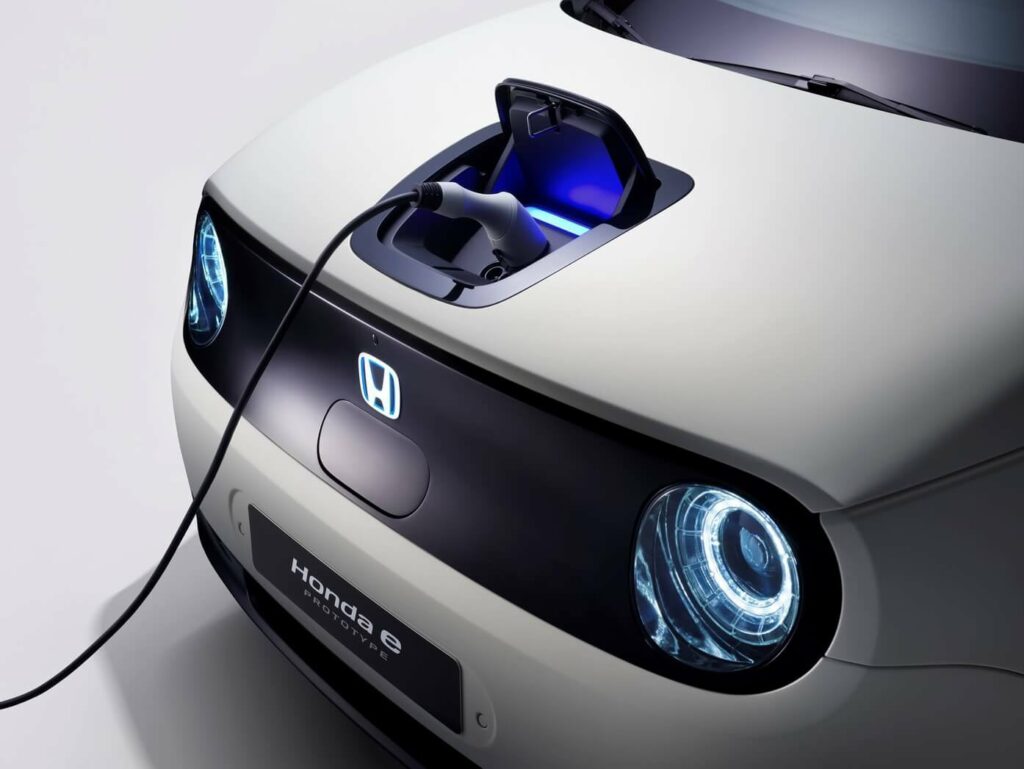
There is also a small trunk, and the rear sofa has a one-piece backrest. The interior itself is quite practical. It is finished with quality materials.
As for the front and rear optics, they are almost the same. They are separated by a black plastic insert. The front panel of the electric car is equipped with five displays. There are two screens on each side, an 8.8-inch instrument display, as well as two 12.3-inch monitors. You can adjust the operation of the onboard complex with voice control, as well as the remote function available from your phone. The driver also has a comfortable two-spoke steering wheel, which does not interfere with the view of the dashboard.
| Performance | |
| Acceleration 0 – 100 km/h | 9.0 sec |
| Top Speed | 145 km/h |
| Electric Range | 170 km |
| Total Power | 100 kW (136 PS) |
| Total Torque | 315 Nm |
| Drive | Rear |
| Battery and Charging | |
| Battery Capacity | 35.5 kWh |
| Battery Useable | 28.5 kWh |
| Europe | |
| Charge Port | Type 2 |
| Port Location | Front – Middle |
| Charge Power | 6.6 kW AC |
| Charge Time (0->170 km) | 5h15m |
| Charge Speed | 33 km/h |
| Fastcharge Port | CCS |
| FC Port Location | Front – Middle |
| Fastcharge Power (max) | 56 kW DC |
| Fastcharge Time (17->136 km) | 36 min |
| Fastcharge Speed | 190 km/h |
| Energy Consumption | |
| EVDB Real Range | |
| Range | 170 km |
| Vehicle Consumption | 168 Wh/km |
| CO2 Emissions | 0 g/km |
| Vehicle Fuel Equivalent | 1.9 l/100km |
| WLTP Ratings | |
| Range | 222 km |
| Rated Consumption | 172 Wh/km |
| Vehicle Consumption | 128 Wh/km |
| CO2 Emissions | 0 g/km |
| Rated Fuel Equivalent | 1.9 l/100km |
| Vehicle Fuel Equivalent | 1.4 l/100km |
|
Rated = official figures as published by manufacturer. Rated consumption and fuel equivalency figures include charging losses.
|
|
|
Vehicle = calculated battery energy consumption used by the vehicle for propulsion and on-board systems.
|
|
| Real Energy Consumption between 112 – 238 Wh/km | |
| City – Cold Weather | 173 Wh/km |
| Highway – Cold Weather | 238 Wh/km |
| Combined – Cold Weather | 204 Wh/km |
| City – Mild Weather | 112 Wh/km |
| Highway – Mild Weather | 184 Wh/km |
| Combined – Mild Weather | 146 Wh/km |
|
Energy use for each trip will vary considerably depending on the driver and the conditions. Therefore, we have provided a range of estimates which can be useful in developing an understanding of the potential benefits of this technology. |
|
| Safety Rating | |
| Adult Occupant | 76% |
| Child Occupant | 82% |
| Rating Year | 2020 |
| Vulnerable Road Users | 62% |
| Safety Assist | 65% |
| Dimensions and Weight | |
| Length | 3894 mm |
| Width | 1752 mm |
| Width with mirrors | No Data |
| Height | 1512 mm |
| Wheelbase | 2538 mm |
| Weight Unladen (EU) | 1588 kg |
| Gross Vehicle Weight (GVWR) | 1855 kg |
| Max. Payload | 342 kg |
| Cargo Volume | 171 L |
| Cargo Volume Max | 861 L |
| Cargo Volume Frunk | No Data |
| Roof Load | 0 kg |
| Tow Hitch Possible | No |
| Towing Weight Unbraked | 0 kg |
| Towing Weight Braked | 0 kg |
| Vertical Load Max | 0 kg |
| Miscellaneous | |
| Seats | 4 people |
| Isofix | Yes, 2 seats |
| Turning Circle | 9.2 m |
| Platform | No Data |
| Car Body | Hatchback |
| Segment | B – Small |
| Roof Rails | No |
| EV Dedicated Platform | No Data |
Home and Destination Charging (0 -> 100%)
A public charging station is required to use the highest possible charging rate. The EVSE/charging station’s charging capacity affects how long it takes to fully charge the battery. The table below shows all possible options for fully charging the Honda e.
In Europe, plugging an electric car into an outlet is often as easy as plugging it into a household outlet, but there are differences from country to country. The table below shows the different ways to charge the Honda e, but in some countries some chargers may not be available.
Type 2 ( IEC 62196)

| Charging Point | Max. Power | Power | Time | Rate |
| Wall Plug (2.3 kW) | 230V / 1x10A | 2.3 kW | 14h45m | 12 km/h |
| 1-phase 16A (3.7 kW) | 230V / 1x16A | 3.7 kW | 9h15m | 18 km/h |
| 1-phase 32A (7.4 kW) | 230V / 1x29A | 6.6 kW | 5h15m | 32 km/h |
| 3-phase 16A (11 kW) | 230V / 1x16A | 3.7 kW | 9h15m | 18 km/h |
| 3-phase 32A (22 kW) | 230V / 1x29A | 6.6 kW | 5h15m | 32 km/h |
Fast Charging (10 -> 80%)
If you want to enjoy driving an electric car, one of the most important features to consider is the number of miles per hour the car can travel while charged. This is called the “range” of the car. All electric cars have a certain range, even if they are 100% charged. This is because they do not have an internal combustion engine to lean on if you need to drive a long distance.
Max. Power: The maximum power provided by the charging point
Avg. Power: The average power provided by the charging point during a session of 10% to 80%.
Time: the time it takes to charge from 10% to 80%
Speed: the average charging rate during the session of 10% to 80%
Combined Charging System (CCS Combo 2)
| Charging Point | Max. Power | Avg. Power | Time | Rate |
| CCS (50 kW DC) | 50 kW | 30 kW | 42 min | 170 km/h |
| CCS (100 kW DC) | 56 kW | 35 kW | 36 min | 190 km/h |
| CCS (150 kW DC) | 56 kW | 35 kW | 36 min | 190 km/h |
| Brand | Honda |
| Model | e |
| Body Style | Hatchback |
| Car Engine | electric |
| Motor power | 100 |
| Maximum Torque, Nm | 315 |
| Battery Energy, kWh | 35.5 |
| Power reserve (NEDC/EPA/WLTP), km | - / - / 170 |
| Level Charging (230/400/DC), hours | - / - / 0.36 |
| Electrical Acceleration, 0-100 km/h (0-62.1 mph) in sec | 9.0 |
| Top Speed, km/h | 145 |
